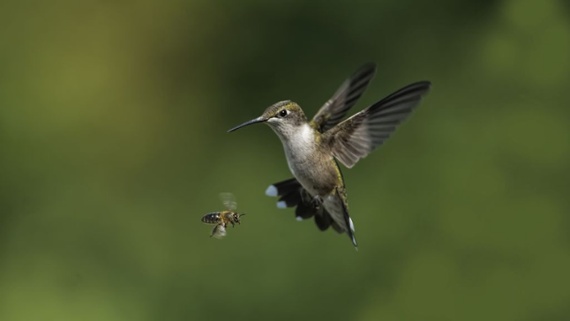|
This site is an experiment in sharing news and content. Almost everything here came from email newsletters.
Sponsor
2022/03/03
Old Stone Age culture discovered in China
@
09:45
Subscribe to:
Post Comments (Atom)
Label Cloud
Technology
(1464)
News
(793)
Military
(646)
Microsoft
(542)
Business
(487)
Software
(394)
Developer
(382)
Music
(360)
Books
(357)
Audio
(316)
Government
(308)
Security
(300)
Love
(262)
Apple
(242)
Storage
(236)
Dungeons and Dragons
(228)
Funny
(209)
Google
(194)
Cooking
(187)
Yahoo
(186)
Mobile
(179)
Adobe
(177)
Wishlist
(159)
AMD
(155)
Education
(151)
Drugs
(145)
Astrology
(139)
Local
(137)
Art
(134)
Investing
(127)
Shopping
(124)
Hardware
(120)
Movies
(119)
Sports
(109)
Neatorama
(94)
Blogger
(93)
Christian
(67)
Mozilla
(61)
Dictionary
(59)
Science
(59)
Entertainment
(50)
Jewelry
(50)
Pharmacy
(50)
Weather
(48)
Video Games
(44)
Television
(36)
VoIP
(25)
meta
(23)
Holidays
(14)
Popular Posts
-
Save 50% off Spongelle Favorites ͏ ͏ ͏ ͏ ͏ ͏ ͏ ͏ ͏ ͏ ͏ ͏ ͏ ͏ ͏ ͏ ͏ ͏ ͏ ͏ ͏ ͏ ͏ ͏ ͏ ͏ ͏ ͏ ͏ ͏ ͏ ͏ ͏ ...






No comments:
Post a Comment
Keep a civil tongue.